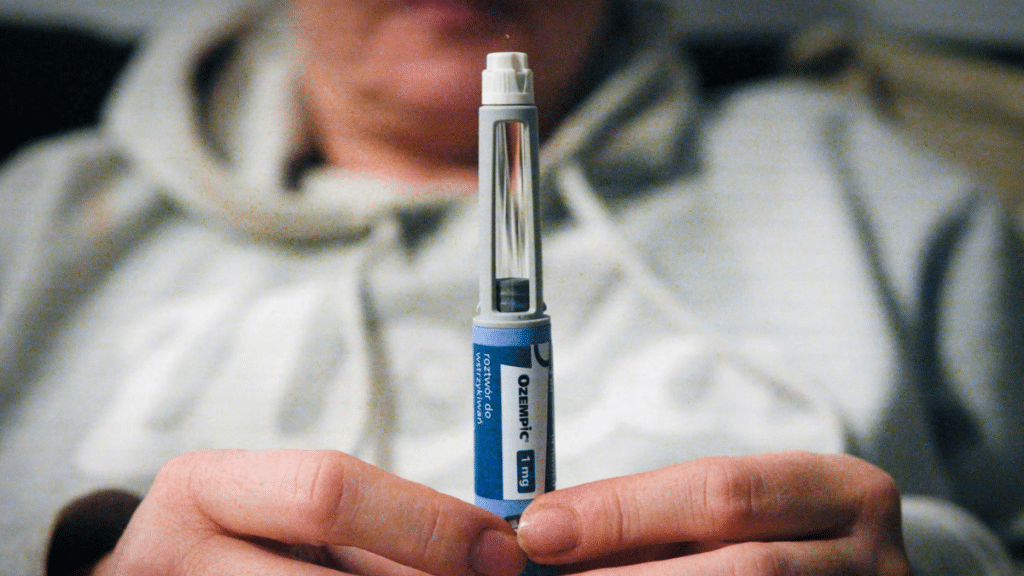Starting Ozempic can feel like a turning point—especially if you’ve tried everything from restrictive diets to intense workout plans with little lasting success. But as more people in Dubai embrace Ozempic for weight loss, many are curious: What actually happens in the first month?
The first 30 days aren’t just about losing weight. They’re about understanding how your body responds, adjusting your mindset, and laying the groundwork for real, sustainable change. If you’re considering Ozempic Dubai—or you’ve just started—here’s what to realistically expect.
Week 1: The Introduction Phase
Most programs begin with a low starting dose (typically 0.25 mg) to allow your body to adjust. It’s not meant for weight loss yet—this week is all about getting your system familiar with the medication.
What you might experience:
- A decrease in appetite or slower eating pace
- Mild nausea, especially if you eat heavy or fatty meals
- Less interest in snacking or emotional eating
- Feeling full with smaller portions
At Endocare, patients are monitored closely during this week to manage side effects and ensure smooth adaptation.
Week 2: Your Body Starts to Respond
By the second week, many patients begin to feel more noticeable shifts—not necessarily dramatic weight loss yet, but more control over food choices.
You may notice:
- Clear reduction in portion sizes without effort
- Improved blood sugar levels (even in non-diabetics)
- Cravings—especially late-night or sugar-driven ones—start fading
- More consistent energy throughout the day
This is often when patients begin to feel hopeful—because for the first time in a long time, they’re not fighting hunger all day.
Week 3: Small Wins Add Up
Now that your body is adapting, some weight loss may start to appear—often a few kilos, depending on your metabolism, starting weight, and diet.
At this point, Ozempic in Dubai becomes more than a medication. With proper clinical support, you’re building habits that make the weight loss stick.
What happens here:
- More consistent digestion and reduced bloating
- Fewer episodes of overeating
- Visible change in how your clothes fit
- Motivation increases as numbers begin to move
Clinics like Endocare typically schedule a follow-up around this time to evaluate progress and determine if it’s time to increase your dosage.
Week 4: Adjustments & Momentum
By the end of the first month, many patients transition to a slightly higher dose (usually 0.5 mg), depending on tolerance and goals. The appetite suppression becomes more stable, and early results start reinforcing better behavior.
What you might see:
- Weight loss of 2–4 kg (though results vary person to person)
- More awareness of hunger vs. habit
- Deeper sleep, better energy, and sharper focus
- A shift in mindset: this doesn’t feel like a diet anymore
At this stage, the most successful patients begin pairing Ozempic with better routines—like walking after meals, drinking more water, and consciously planning meals.
The Role of Medical Support
Ozempic isn’t just an injection—it’s a metabolic reset, and that requires structure. A trusted weight loss clinic like Endocare doesn’t just prescribe medication. They guide you through:
- Personalized metabolic assessments
- Safe dose escalation
- Behavioral coaching
- Nutritional planning tailored to your goals
- Ongoing monitoring and support
This structure is key to avoiding plateaus, managing side effects, and building habits that lead to lasting change.
Final Takeaway
The first 30 days on Ozempic are less about instant transformation and more about regaining control. You begin to separate real hunger from impulse. You eat less, but feel better. You stop obsessing over food—and start living with more confidence.
In Dubai’s fast-paced culture, results matter—but so does sustainability. With expert care and a focus on long-term change, your first month on Ozempic can mark the beginning of a healthier, more empowered you.
